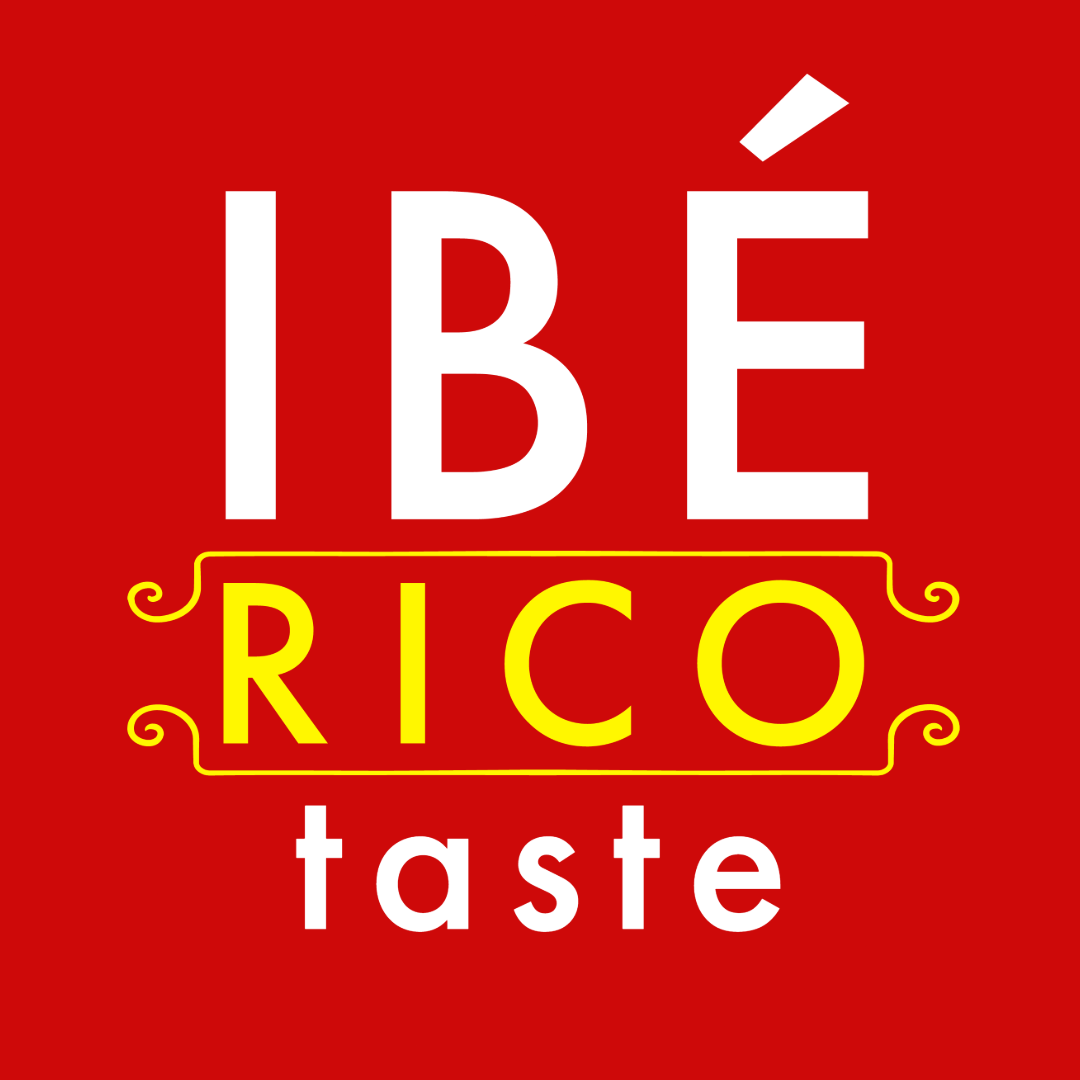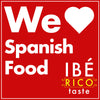
Spanish Charcuterie Board Ideas for Your Next Gathering
by Guillermo Pabon Garcia
on Sep 05, 2024
Spanish charcuterie boards are a vibrant and delicious way to showcase a variety of flavors. They typically include cured meats, cheeses, olives, and other accompaniments that reflect Spain's rich culinary traditions. Creating a visually appealing board involves careful arrangement and selection of ingredients. A well-presented charcuterie board enhances any gathering and offers a delightful tasting experience.
Essential Components of a Spanish Charcuterie Board
A well-crafted Spanish charcuterie board combines a variety of cured meats, cheeses, and accompaniments, reflecting the diverse culinary traditions of Spain. Below are the essential components that contribute to an impressive and flavorful presentation.
Spanish Cured Meats
Cured meats are the heart of any Spanish charcuterie board. Each type offers a unique flavor profile, enhancing the overall dining experience.
Serrano Ham
Serrano ham is a quintessential Spanish delicacy, known for its rich flavor and delicate texture. This dry-cured ham is typically served thinly sliced, allowing its savory notes to shine. It pairs beautifully with cheeses and fruits, making it a staple on any charcuterie board.
Chorizo
Chorizo adds a vibrant twist to the board with its bold, smoky flavor. This spicy sausage, made with pork and seasoned with paprika, can be served in slices or cubes. Its piquant nature balances well with milder cheeses and fresh fruits.
Other Spanish Cured Meats
- Salchichón: A traditional cured sausage with a mild, savory flavor that complements various accompaniments.
- Morcilla: This blood sausage, often flavored with spices, adds depth and uniqueness to the selection.
- Sobrassada: A soft, spreadable sausage from the Balearic Islands, ideal for pairing with bread or crackers.
Spanish Cheeses
Cheese selections are vital to achieving a well-rounded flavor profile. Spanish cheeses vary widely in texture and taste, contributing richness to the board.
Manchego
Manchego, made from sheep's milk, is renowned for its nutty, slightly tangy flavor. This firm cheese is best presented in wedges or thin slices, enhancing both taste and visual appeal.
Cabrales
Cabrales is an exquisite blue cheese from the Asturias region, known for its strong flavor and creamy texture. It adds a bold element to the cheese selection, perfect for those who enjoy a more robust taste.
Mahon
Mahon, from the island of Menorca, offers a buttery and slightly tangy flavor that pairs well with fruits and nuts. Its semi-soft texture makes it a versatile addition to the cheese platter.
Tetilla
The distinctive shape of Tetilla cheese is as appealing as its mild, creamy flavor. This cow's milk cheese provides a smooth contrast to stronger meats and cheeses.
Idiazábal
Aged and smoked, Idiazábal cheese brings a rich, complex flavor to the table. This sheep's milk cheese enhances the board with its unique taste, enticing those looking for something special.
Accompaniments
Accompaniments play a crucial role in balancing flavors and textures on the charcuterie board. They enhance the overall experience and offer visual diversity.
Green and Black Olives
A mix of green and black olives brings a salty and briny element to the board. Their distinct flavors complement the richness of the meats and cheeses.
Marcona Almonds
Known as the "Queen of Almonds," Marcona almonds provide a delightful crunch and a subtle sweetness. They are excellent for adding texture and contrasting flavors.
Strawberries
Fresh strawberries introduce a sweet and juicy contrast to the savory components. Their vibrant color also adds visual appeal to the presentation.
Figs
Figs are a wonderful addition, offering a natural sweetness that balances salty meats and sharp cheeses. They can be enjoyed fresh or dried, each providing unique flavors.
Quince Paste
Quince paste, or "membrillo," is a traditional accompaniment that pairs beautifully with cheese. Its sweet, fruity essence enhances the flavor of both cheese and charcuterie.
How to Present Your Charcuterie Board
Creating an eye-catching presentation is key to enhancing the overall experience of your charcuterie board. Thoughtful arrangement not only makes the board more inviting but also helps highlight the variety of flavors and textures.
Choosing the Right Base
The foundation of your charcuterie board sets the stage for the rest of the ingredients. Selecting the right base is essential for both aesthetics and functionality.
Wooden Boards
Wooden boards are a classic choice, offering a rustic charm that complements the natural colors of meats and cheeses. They come in various sizes and shapes, providing ample space for arranging different elements.
Marble Surfaces
Marble surfaces add an elegant touch and maintain a cool temperature, perfect for keeping cheeses fresh. The beauty of marble enhances the visual appeal of any charcuterie spread.
White Plates
Using white plates can help make the colors of the ingredients pop. This minimalist approach allows the vibrant hues of fruits, vegetables, and meats to stand out, creating a clean and modern presentation.
Organizing by Colors and Textures
Organization plays a vital role in the appeal of your charcuterie board. Strategically arranging ingredients by colors and textures can make the board more visually stunning.
Cheese and Meat Placement
Place cheeses and cured meats adjacent to one another for contrast. The creamy textures of cheeses paired with the savory characteristics of meats create a delightful combination that invites exploration.
Adding Height and Dimension
Incorporating height and dimension into your arrangement adds interest. Stack items such as cheese wheels or create small "heaps" of nuts or dried fruits for a more dynamic look.
Small Bowls and Add-Ons
Incorporating small bowls can elevate the presentation and offer practicality. They not only provide designated space for certain items but also enhance visual variety.
Bowls for Olives and Nuts
Utilize small bowls for olives, nuts, or dips, creating focal points within the board. This helps in keeping ingredients organized and allows guests to easily access their favorites.
Enhancing with Fresh Herbs
Fresh herbs can serve as a decorative and flavorful addition. Sprigs of rosemary or thyme not only enhance the visual appeal but also introduce an aromatic element that enriches the tasting experience.
Beverage Pairings
Choosing the right beverages for a Spanish charcuterie board can enhance the overall tasting experience. A well-paired drink can complement the flavors of the meats and cheeses while adding balance to the spread.
Spanish Wines
Spanish wines are renowned for their quality and variety. Here are two main types that pair beautifully with a charcuterie board:
Red Wines
- Rioja: This classic red wine, with its rich fruit flavors and subtle oakiness, is a favorite pairing with cured meats like jamón ibérico and chorizo.
- Tempranillo: Known for its robust body and spicy undertones, this wine complements the flavors of both cheeses and meat.
- Garnacha: A fruit-forward option that works well with the saltiness of various meats, offering a refreshing contrast.
White Wines
- Albariño: A light and zesty wine with bright acidity, ideal for pairing with cheese and seafood options.
- Verdejo: Known for its herbal notes and citrus flavors, this wine can nicely balance creamy cheeses.
- Txakoli: A unique, slightly effervescent wine from the Basque Country that pairs wonderfully with salty snacks.
Sangria
Sangria is a popular and refreshing option perfect for gatherings. It can be made with different types of wines and mixed with fruits, spices, and sometimes soda for a fizzy touch.
Some ideal ingredients for making sangria include:
- Red or white wine as the base.
- Chopped fruits like oranges, lemons, limes, and berries.
- A splash of brandy or orange liqueur to enhance the flavor.
- A hint of sweetness with sugar, honey, or fruit juice.
Serving sangria over ice adds a refreshing element, making it an enjoyable beverage choice for complementing the savory components of a charcuterie board.
Recipes to Enhance Your Board
Adding homemade elements can elevate a charcuterie board significantly. Here are two popular recipes that complement the flavors of a Spanish charcuterie board: Salsa Romesco and Marinated Olives.
Homemade Salsa Romesco
Ingredients
- tablespoons toasted almonds
- cup toasted bread, cut into cubes
- roasted red pepper (jarred is convenient)
- ripe tomato, roasted or fresh
- cloves garlic
- cup extra virgin olive oil
- tablespoon wine vinegar
- Salt and pepper to taste
Instructions
- In a food processor, combine the toasted almonds, bread, roasted red pepper, and tomato.
- Add the garlic and pulse until you achieve a coarse mixture.
- While the processor is running, slowly drizzle in the olive oil to emulsify.
- Season with wine vinegar, salt, and pepper to taste.
Marinated Olives Recipe
Ingredients
- cups mixed olives (green and black)
- cup olive oil
- cloves garlic, thinly sliced
- tablespoon chopped fresh rosemary
- tablespoon lemon zest
- teaspoon red pepper flakes (optional, for some heat)
Instructions
- In a bowl, combine the olives, olive oil, sliced garlic, rosemary, lemon zest, and red pepper flakes.
- Toss well to ensure the olives are well coated.
- Cover and let the mixture marinate in the refrigerator for at least 2 hours. For best flavor, allow it to sit overnight.
Tips for a Successful Charcuterie Board
Creating an impressive charcuterie board involves careful planning and execution. These tips help enhance the visual appeal and ensure a delightful experience for all guests.
Portion Calculations
Estimating portions correctly is essential to avoid running out of food or wasting ingredients. A general guideline is:
- to 2 ounces of cheese per person
- to 4 ounces of cured meats per person
If the charcuterie board is the main meal, consider doubling these amounts. This will ensure that everyone can taste everything and feel satisfied.
Adjusting to Themes
Themes can elevate the charcuterie board experience, creating a cohesive and visually engaging presentation. Consider the following:
- Align the colors and ingredients with the theme.
- Incorporate themed decorations to enhance the overall aesthetics.
- Customize the food selections based on the event's purpose, such as seasonal ingredients for holidays.
This thoughtful curation allows the charcuterie board to reflect the occasion and add a personal touch.
Allowing Space for Serving
It is important to create a comfortable and inviting space on the board. Factors to consider include:
- Arrange items so guests have ample room to serve themselves without crowding.
- Provide small utensils or toothpicks for easy handling of items.
- Leave gaps between different elements to keep the presentation tidy and appealing.
This approach not only improves accessibility but also enhances the overall visual presentation of the charcuterie board.

